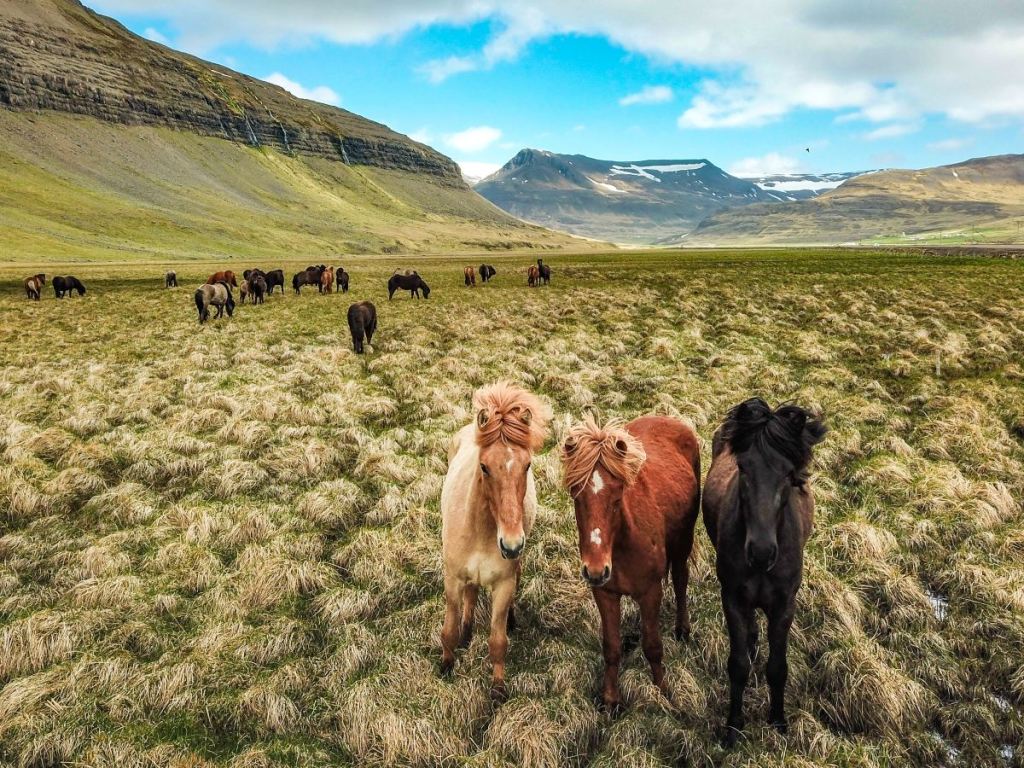


Get to know Iceland
When the Viking settlers came to Iceland over a millennia ago, they brought with them a creature that would prove instrumental in the survival of the country’s inhabitants: The Icelandic horse. Unique among the horse species of the world, this horse breed has had no contact with the world beyond the island ever since. It has not mixed with other breeds of horses and is, therefore, one of the world’s most purebred horse breeds.
Due to harsh conditions, it possesses the temperament and strength needed to withstand challenging travel, be it treks across the highlands or long sea voyages by the initial settlers. Iceland prohibits all export of other horse breeds in order to avoid infectious diseases. This means that once a horse leaves the country, it cannot return. Tourists planning to do a lot of travel by horse are discouraged from bringing used equipment with them. If they do, they should make sure to disinfect everything that will be in contact with the horses.

The Icelandic horse has more gaits than most horse breeds. All possess four basic gaits: the walk, the trot or jog, the canter or lope, and the gallop. The Icelandic horse, however, has two more gaits: an ambling gait called “tölt” and a lateral gait called “skeið”. No other horse breed possesses those except for a few Faroese horses. All Icelandic horses can perform tölt but only the best can perform both tölt and skeið. Tölt is similar to the speed of a trot and skeið is a fast pace. Both are, however, much smoother to ride.
The Icelandic horse is a big part of Icelandic culture. Over the centuries, it has kept the nation going through various disasters. It is extremely sturdy despite its small stature. This makes it ideal to withstand the challenges that the temperamental Icelandic forces of nature present it with.
If you are looking for a day tour on horseback, you can book one right now: Horseback riding

CampEasy Opening hours 09:00-16:00
Learn more about Self-Service
A minimum of 20 hours notice is required to use the booking engine. Click here to contact us directly for a booking less than 20 hours from now.
Change Date